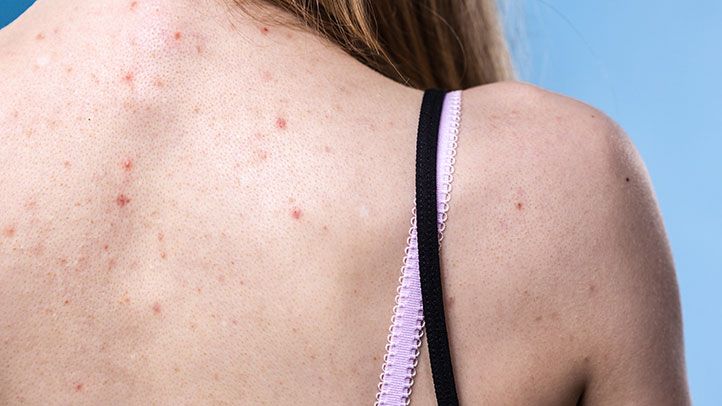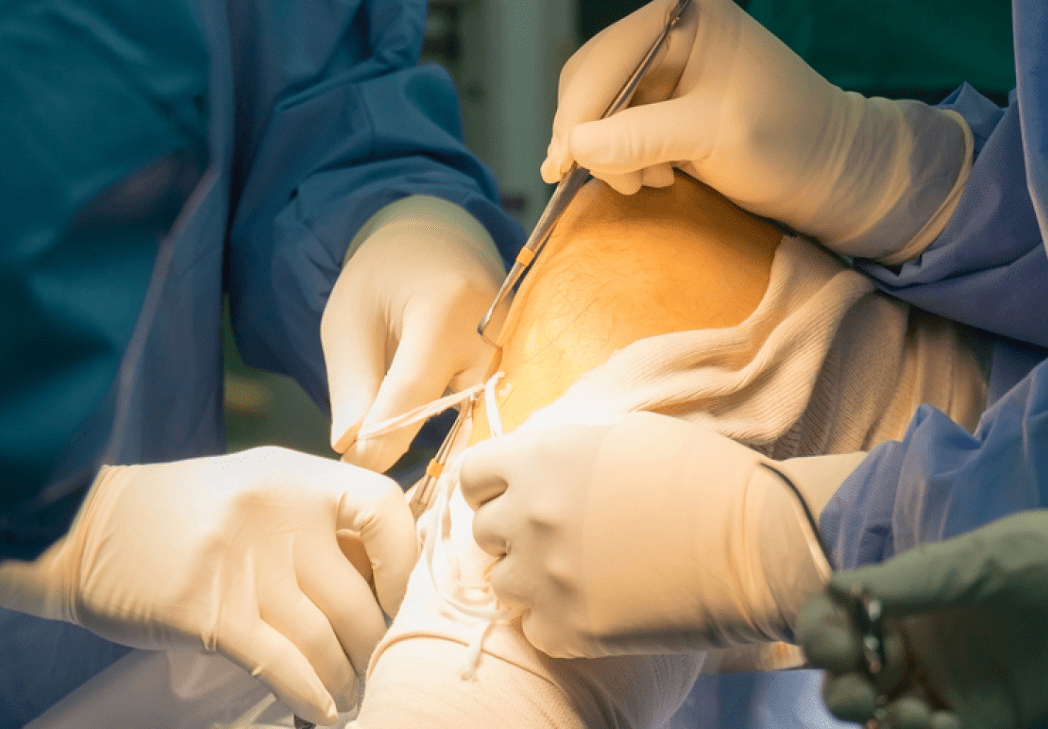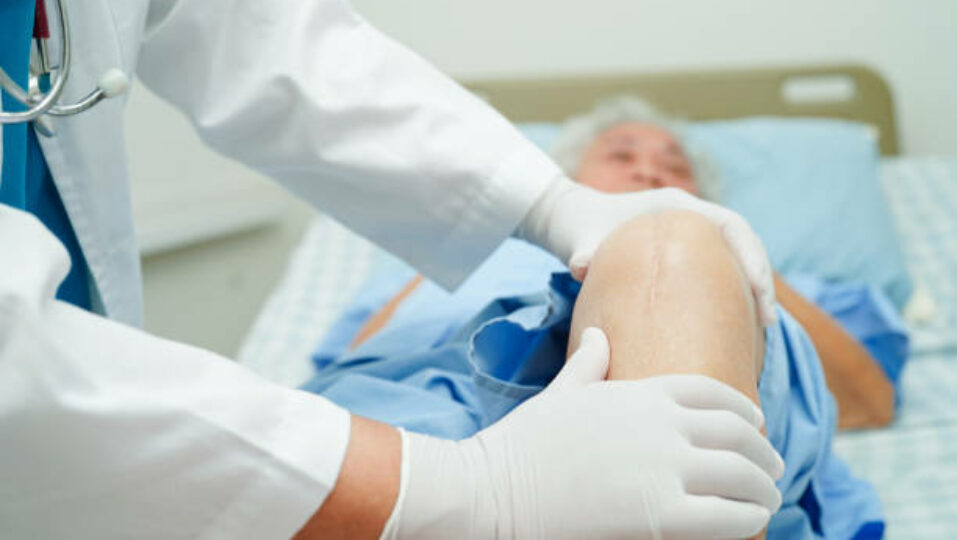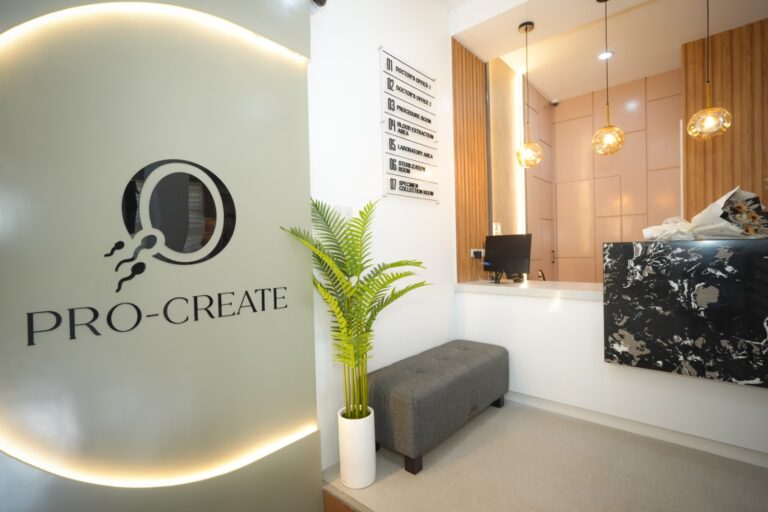Acne is a common skin condition that affects people of all ages, causing not only physical discomfort but also emotional distress. Those who have experienced acne know that it can be a stubborn and frustrating problem to deal with. One treatment option that has gained attention in recent years is Photodynamic Therapy (PDT). In this blog post, we will explore the myths and realities surrounding PDT as a treatment for acne.
Understanding Acne
Acne is a skin condition characterized by the presence of pimples, whiteheads, blackheads, and sometimes even painful cysts. It’s often triggered by factors like excess oil production, clogged pores, and bacteria. Aside from the physical discomfort, acne can lead to reduced self-esteem and even anxiety or depression in severe cases.
Photodynamic Therapy (PDT)
PDT is a relatively newer approach to treating acne. It involves using a photosensitizing agent and specific wavelengths of light to target and destroy the bacteria responsible for acne. This treatment aims to reduce inflammation and improve the overall texture of the skin.
Common Myths About PDT for Acne
Myth 1: PDT is painful and has severe side effects
The reality is that PDT can cause mild discomfort, but it is generally well-tolerated. Side effects are usually minimal and temporary, including redness and sensitivity, which subside after a few days.
Myth 2: PDT is only for severe acne cases
PDT can be effective for various acne severities, not just severe cases. It’s important to consult with a dermatologist to determine the best approach for your specific condition.
Myth 3: PDT is a one-time solution for acne
PDT is typically administered in a series of treatments. While improvements can be seen after just one session, multiple sessions may be required for lasting results.
Myth 4: PDT doesn’t work for all skin types and tones
PDT is suitable for various skin types and tones. However, some adjustments may be needed based on individual factors. Your dermatologist can provide guidance on this.
The Reality of PDT for Acne
PDT is generally well-tolerated, with minimal side effects. It can be effective for various acne severities, not just severe cases. While results can be seen after one session, multiple treatments are often needed for long-lasting benefits. PDT is adaptable to different skin types and tones.
Benefits of PDT for Acne
PDT offers several advantages over other acne treatments. It not only helps in reducing acne but can also improve skin texture and tone. Many individuals have reported positive results with PDT, leading to increased self-confidence and overall well-being.
Risks and Considerations
It’s essential to be aware of potential side effects and consult with a dermatologist before considering PDT. Individuals with certain medical conditions or taking specific medications may not be suitable candidates. Alternatives and complementary treatments should also be discussed.
Takeaway
In the world of acne treatment, separating myths from realities is crucial. PDT offers a promising solution for those struggling with acne, but it’s essential to approach it with accurate information and realistic expectations. If you’re considering PDT for your acne, consult with a dermatologist to determine the best course of action for your specific needs.
When it comes to effective acne treatment, Photodynamic Therapy (PDT) stands out as a game-changer. Cosmos Clinic is your trusted partner on the journey to clear, flawless skin. Our team of experts and cutting-edge facilities make us the top choice for PDT acne treatment. The path to radiant skin starts with us.











